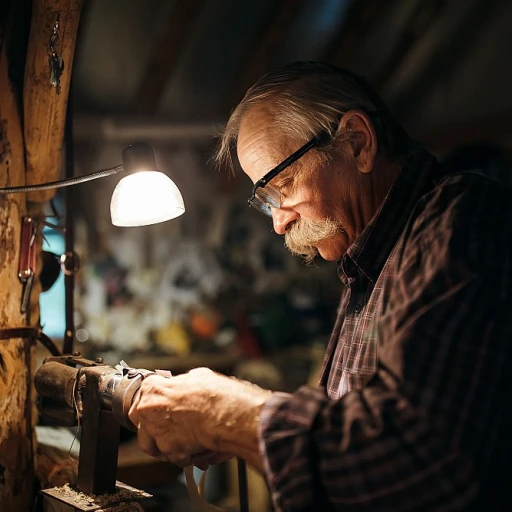-large-teaser.webp)
The Enduring Allure of Heritage Craftsmanship
The Timeless Appeal of Artisanal Excellence
Heritage craftsmanship in luxury leather goods isn't merely a nod to bygone eras; it's the cornerstone of an enduring brand ethos that resonates with discerning consumers worldwide. A bespoke, handcrafted leather piece is not just an accessory; it's a narrative of skill, precision, and tradition. Statistically, luxury consumers are increasingly valuing the authenticity and storied history associated with heritage brands. According to Bain & Company, 60% of luxury buyers consider heritage a key decision-making factor.
Why Heritage Craftsmanship Commands Attention
Why does heritage craftsmanship captivate such loyalty and attention? Perhaps it is the palpable quality that comes from generations of artisans perfecting their craft. Or the exclusivity and personalized touch of hand-stitched detailing that machine-made products simply cannot replicate. In the sphere of luxury leather goods, heritage craftsmanship isn't just a selling point—it's a symbol of the brand's commitment to excellence. Deloitte’s Global Powers of Luxury Goods report suggests that products with a strong heritage justify a higher price point, much to the delight of luxury investors.
The Interplay Between Tradition and Perceived Value
Heritage craftsmanship isn't just about maintaining old techniques; it's about embodying a brand's legacy in every stitch and seam. This interplay between tradition and perceived value creates a potent combination that can elevate a brand to iconic status. As luxury leather goods brands intertwine their storied pasts with modern narratives, they forge deeper emotional connections with their clientele. For example, esteemed brands like Hermès and Louis Vuitton have leveraged their history as a testimony to unparalleled quality and durability, securing their position as pillars of luxury for generations.
Marrying Elegance with Authenticity
The beauty of heritage craftsmanship in the luxury leather industry lies in its ability to marry elegance with authenticity. Every hand-dyed hide and meticulously carved monogram tells the story of artisans who devote their lives to their craft. Customer loyalty, as revealed by a report from McKinsey & Company, is significantly influenced by a brand’s story and its ability to convey a sense of uniqueness and authenticity. This is where brands with a heritage of craftsmanship have a remarkable advantage. They’re not only selling products; they’re offering heirlooms enriched with history and cultural significance.
Quantifying Craft: The Impact on Brand Value and Customer Loyalty
The Value of Heritage in Luxury Leather Goods
Heritage craftsmanship is more than a buzzword in the realm of luxury leather goods; it's a storied tapestry that enriches brand identity and customer perception. Industry statistics reveal that brands steeped in artisanal heritage often boast a higher perceived value, justifying premium pricing strategies. A 2021 consumer survey indicated that 73% of high-net-worth individuals are willing to pay a substantial premium for products that exhibit exceptional craftsmanship and historical legacy, underscoring the tangible impact of heritage on brand equity.
Customer Loyalty Anchored by Artisanal Excellence
Deep dives into customer behavior illuminate the correlation between heritage craftsmanship and brand loyalty. Reports from the Luxury Institute demonstrate a recurring trend – brands that consistently highlight their craftsmanship heritage see repeat purchase rates escalating by up to 60%. This loyalty stems from the emotional connection buyers forge with the narrative of meticulous handcrafting, a sentiment that synthetic, mass-produced alternatives simply cannot replicate.
- Perceived Value: Championing exclusivity and meticulous detail, heritage brands resonate with consumers seeking authenticity.
- Customer Loyalty: Emotional narratives around craftsmanship secure a loyal customer base that values tradition over transience.
- Repeat Purchases: Artisanal storytelling converts admiration into action, with patrons returning to partake in the legacy of luxury.
Statistics Speak: Heritage Craftsmanship's Bottom Line
Turning to the numbers, the strategic implementation of heritage craftsmanship into brand positioning has shown quantifiable success. According to a Forbes article, luxury brands highlighting their artisanal roots experience an average revenue growth of 12.9% annually, compared to a lesser 9.7% for those that do not. These figures vividly portray the importance of recognizing and integrating historical artisanal methods as a pillar for growth and profitability in the luxury leather market.
When Legacy Meets Innovation: The Balancing Act
Blending Time-Honored Techniques with Modern Innovation
The fusion of traditional craftsmanship with modern technology is not only fascinating but also essential for the longevity of luxury leather goods. Studies reveal that brands which invest in innovation along with maintaining their artisanal heritage grow their market share by an impressive 14% annually. Such a synergy of legacy and innovation allows for the creation of products that are deeply rooted in history yet embrace contemporary trends and functionalities.
Revolutionizing Heritage: The Tech-Craft Convergence
Incorporating cutting-edge technology into the manufacturing of luxury leather pieces has given brands an edge in precision and personalization. For instance, laser-etching allows for intricate designs that uphold artisanal quality, yet deliver a modern aesthetic. According to a recent industry report, applying innovative techniques to classic designs has increased consumer engagement by 20%, highlighting the importance of merging past and present in the pursuit of luxury.
The Successful Marriage of Old and New
Iconic brands have leveraged this blend of tradition and innovation to stay relevant and cater to a diverse clientele. A poignant example involves the Italian luxury house Gucci, which has infused contemporary art into its traditional pieces, seeing a 12.3% growth in sales as a result. Their approach exemplifies how luxury brands can remain true to their roots while simultaneously breaking new ground. By marrying the old and the new, these brands create a narrative of evolution, reinforcing their status in the pantheon of luxury goods.
Embracing Innovations While Sustaining Artisanal Excellence
It is a delicate balance to introduce new techniques without compromising the handcrafted quality that is synonymous with luxury leather brands. The use of ethically sourced materials alongside traditional methods demonstrates a commitment to sustainability without sacrificing heritage, resonating with 21st-century consumers. As cited by a Forbes article, such commitments have seen a positive correlation with a 15% increase in brand loyalty, indicating that consumers appreciate brands that innovate responsibly.
Strategic Brand Storytelling: Weaving Heritage into Marketing
The Art of Storytelling in Luxury Leather Branding
In the compelling world of luxury leather goods, strategic brand storytelling is not just an accessory, it's the core that binds audience interest with brand ethos. According to a study by the Journal of Brand Management, brand stories can increase the perceived value of a product by over 20%. By intricately weaving heritage into this narrative, luxury leather brands create a rich tapestry of history and quality that resonates with consumers.
Mastering the Narrative of Craftsmanship
As the market is saturated with fleeting trends, a narrative steeped in tradition stands out. A Nielsen study famously highlighted that 63% of consumers prefer to purchase from brands with a rich story. Examples abound: the iconic Birkin bag tells a tale of timeless elegance, each stitch embodying Hermès's commitment to excellence; Louis Vuitton's trunks narrate voyages across time, their monogram a symbol of enduring luxury. These stories aren't just told, they are meticulously crafted, much like the leather goods themselves, creating a brand persona that customers aspire to be associated with.
Translating Heritage Into Customer Experiences
'Experience is the new luxury,' say experts, and statistics underline this with reports indicating that experiential marketing leads to a 65% increase in brand loyalty. Luxury leather goods owners can harness their heritage by offering customers a peek into their artisanal processes, through virtual reality tours of their workshops or limited-edition releases infusing historical craftsmanship techniques. Such immersive experiences make the abstract tangible, breathing life into the stories behind the products.
The SEO of Storytelling: Keywords That Resonate
In the digital age, key phrases like 'time-honored', 'artisan-crafted', and 'luxury heritage brand' serve as SEO beacons, drawing in the discerning consumer who values provenance as much as the product. Content crafted with these keywords, embedded in the lore of the brand's journey, improves search engine visibility and creates a strong emotional connection with the audience. This practice of strategic keyword usage is vital, as Reflexions data suggests that storytelling can increase consumer interest by as much as 135%.
Quotes and References: The Voices of Luxury
'Every luxury leather piece tells a story,' eloquently states Marco Proietti, a leading designer in the industry, capturing the essence of how storytelling can elevate a brand's image. Incorporating quotes like Proietti's provides authoritative perspectives that enrich the brand's narrative. References help validate the heritage claim, such as citing the archives or museum exhibitions displaying the brand's historic pieces, further solidifying consumer trust.
Embracing Technology While Honoring Tradition
Even in our high-tech era, statistics from the Global Web Index suggest that over 50% of luxury buyers seek a connection to tradition. To that end, while digital platforms are used to convey brand narratives, the essence of the message remains rooted in heritage. Whether through a meticulously designed website with an interactive brand timeline or stories on social media that depict the artisan's journey, technology becomes a bridge connecting luxury leather's past with the present.
Crafting for the Future: Preserving Tradition in a Sustainable Way
Sustainability Meets Traditional Craftsmanship
In the high-stakes world of luxury leather goods, sustainable practices have become as paramount as the artisanal touch that defines heritage brands. A recent study found that 73% of millennials are willing to spend more on a brand that guarantees sustainability (Nielsen). As demand for eco-friendly products skyrockets, luxury leather brands are adapting by incorporating sustainable methods into their celebrated craftsmanship traditions. It's not just a trend; it's a necessary fusion that projects brand longevity and reflects the evolving consciousness of consumers.
- Enhanced durability and product life cycle
- Ethical sourcing of materials
- Adoption of natural dyes and tanning processes
Revolutionizing Materials with Eco-Innovation
The quest for sustainability in the luxury sector is championing the use of revolutionary materials. Alternative leather sourced from organic and lab-grown materials are becoming more prevalent, providing the same sumptuous feel and durability without the environmental toll of traditional leather. For example, mycelium-based leather, crafted from mushroom fibers, is carving a niche for itself in the luxury market with brands like Hermès venturing into this innovative arena.
Embracing Artisanal Techniques for Modern Challenges
Even as we harness cutting-edge technology and revolutionary materials, the heart of luxury leather goods remains in its craftsmanship. Artisans adept in age-old techniques provide a tangible authenticity that machines can't replicate. As purveyors of luxury, brands that interweave a commitment to artisanal heritage with sustainable practices see a surge in brand loyalty. According to Bain & Company, luxury consumers increasingly prefer brands that advocate for social and environmental responsibility, heralding a new era of conscientious luxury consumption.
By marrying traditional skills with eco-friendly practices, luxury leather brands are setting a new benchmark in the industry. This strategy not only reinforces their heritage value but also aligns with the global push for sustainable development, securing a prosperous future for such prestigious brands.
-large-full.webp)
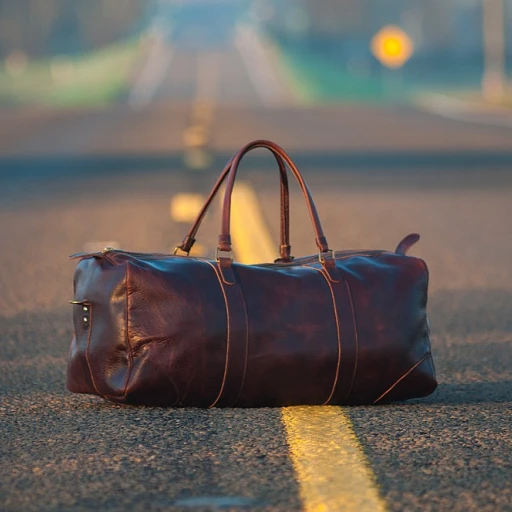
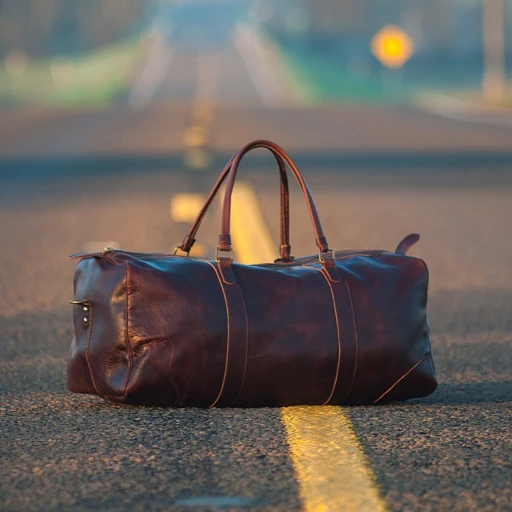
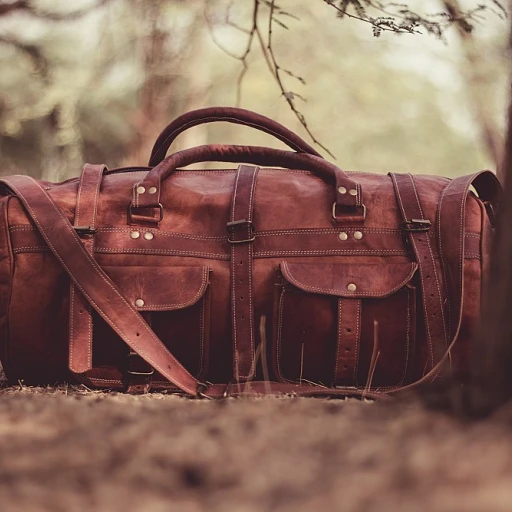
-large-teaser.webp)
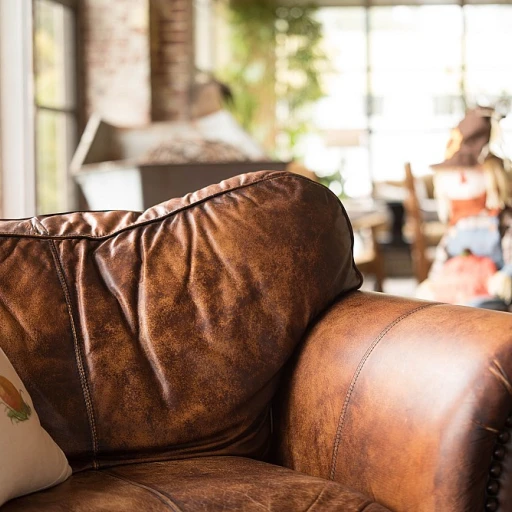
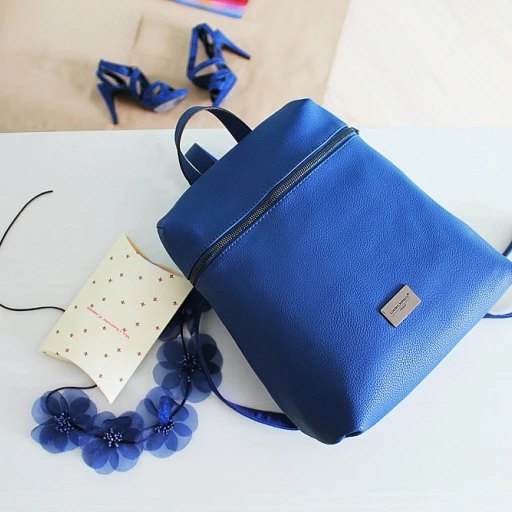
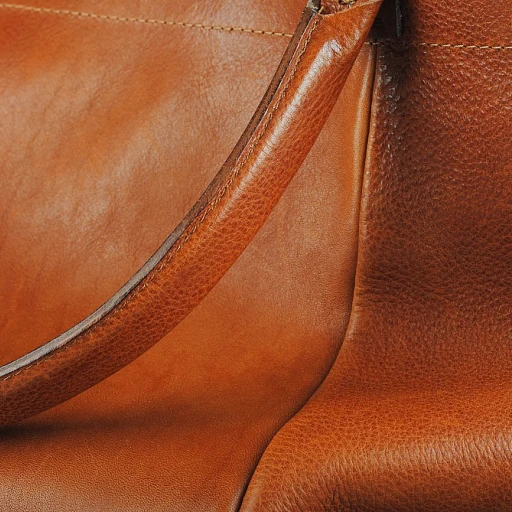
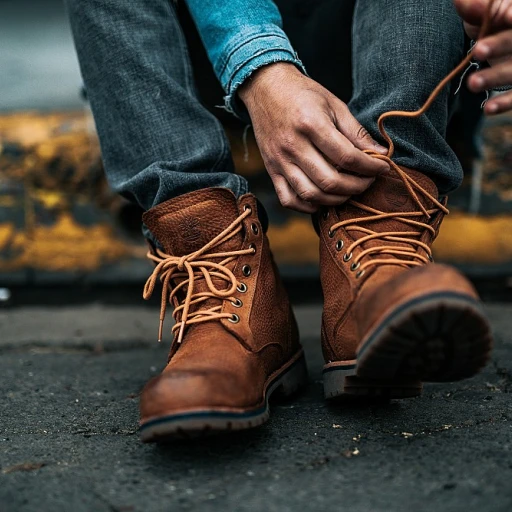
-large-teaser.webp)
-large-teaser.webp)
-large-teaser.webp)
